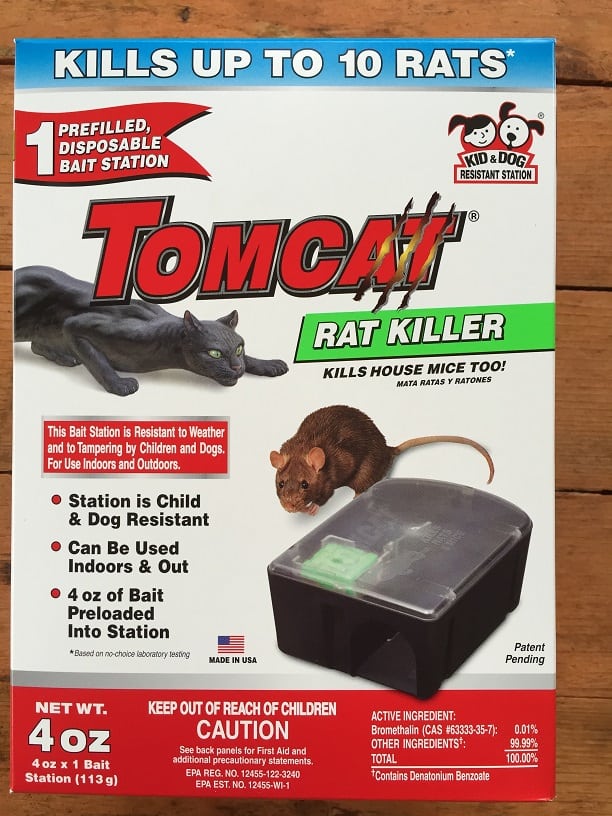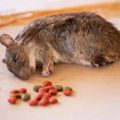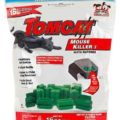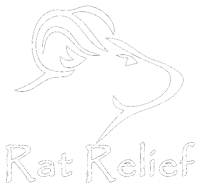Table of Contents
Rat and mouse traps were once widespread in many homes infested with rats. However, as time passed, it was discovered that rat bait food was more efficient in eliminating these small pesky rodents. Nowadays, many individuals prefer to eradicate these rodents using rat killers or rat poison liquid.
To assist you, we will discuss one effective method – the use of rat poison liquid. Poisons function well, even more so when mice are numerous and have developed an awareness of the trap and avoided it.
In such situations, you have no choice but to employ poison to exterminate them.
Modern poisons are based on either nervous system disruption or anticoagulant characteristics. An anticoagulant causes internal bleeding, putting the mouse’s system into shock and blood loss.
The nervous system interferes with life’s fundamental electronics. Once the neurological system has ceased functioning, the mouse becomes silent and collapses.
When administering these poisons, use extreme caution and attention to keep them away from pets, children, and other creatures. Always use gloves while dispensing poison and immediately wash them with soap and water.
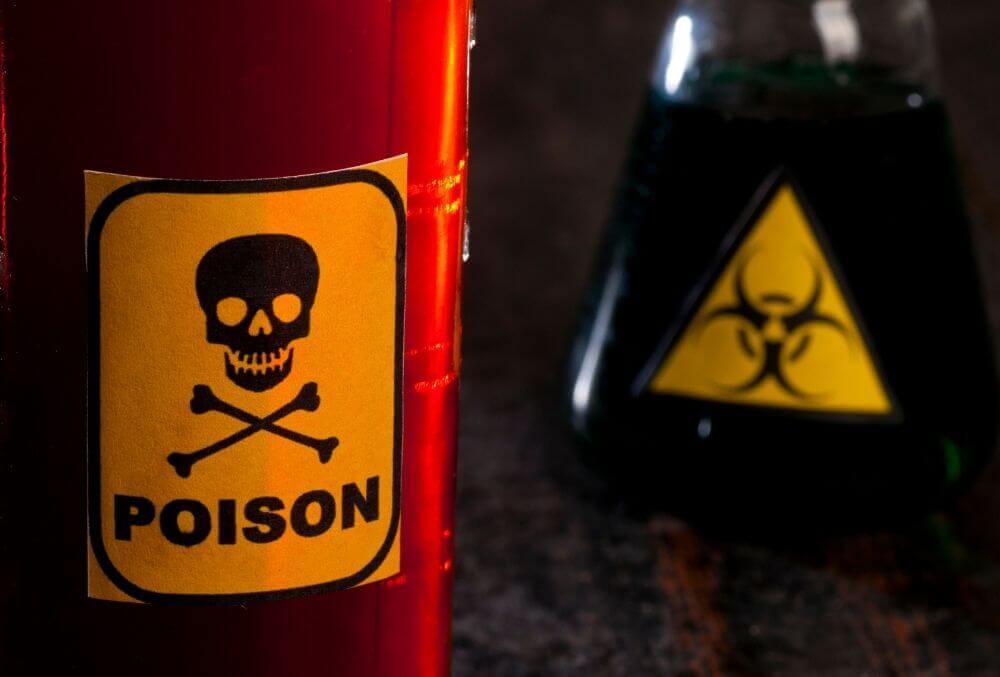
Effective Rat Poison Liquids
Ammonia
Consider a few points if you intend to use ammonia to repel rats. To begin, bear in mind that this strategy is not always practical, and success is determined by the severity of the infestation and how thorough you are during the process.
The first step is to determine how the rats are entering your home, which is much easier said than done.
Once you’ve determined how they’re coming in, make every effort to seal off the spot to prevent other rats from entering your house. Once you’ve completed that, it’s time to decide on the most effective technique for distributing ammonia.
You may fill a plastic cup halfway with ammonia and half with water and place it where the rats have been coming in.
If it’s in a difficult-to-reach spot, presume they’ll find a way and do something else. As an alternative, you may soak rags in ammonia and then place them in the locations where the rats have been infiltrating, being careful to keep them out of reach of pets and children.
You’ll need to reapply new rags every week or two. Otherwise, the odor would evaporate and will lose its efficacy.
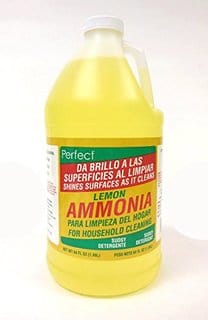
Tomcat Concentrate Liquid
Tomcat Liquid Concentrate Rat & Mouse Bait is an efficient approach to managing rats in places with an adequate food supply and locations with little to no water supply.
Diphacione is a multiple-feed anticoagulant used to control rats and mice economically. Diphacinone is a Vitamin K antagonist with anticoagulant properties used to control rats, mice, voles, ground squirrels, and other rodents. This chemical molecule is a more potent anticoagulant than warfarin or other synthetic indandione anticoagulants.
Tomcat rodenticides are among the most effective when it comes to rodent control in your house. Rats and mice may be a nuisance, and using efficient rodent killers such as the Tomcat all-weather bait can eliminate rodents from home. This bait is a first-generation anticoagulant, which means that the rat or mouse will be killed. This poison gradually impairs the rat’s ability to function and kills it within a few days.
Liqua-Tox II
Liqua-Tox II is a liquid concentrate rodenticide developed by Bell Laboratories. It is well-known for its exceptional rodent acceptance and control of Norway Rats, Roof Rats, and House Mice. Liqua-Tox II provides excellent quality control when circumstances are dry, and little liquid is available.
Additionally, it is well-suited for utilization in locations such as grain elevators and food storage warehouses, where competition from other food sources is intense.
Liqua-Tox II is effective because rats require water regularly, and mice will drink liquids if they are available. It’s as simple as combining one 1.68 fl oz packet with one quart of water and spreading the liquid bait at bait stations or dispensers in areas where rats and mice are most likely to discover and devour the bait.
Treatment sites may be selected along walls, via gnawed apertures, in corners or concealed areas, into or beside burrows, between floors and walls, or in regions where rats have been observed.
Conclusion
Rat poison is available in an infinite number of flavors and delivery techniques. Today’s most widely available toxins come in the shape of soft or hard pellets, blocks, liquid baits and sprays, and standard rat food. These are commonly referred to as “rodenticides” and can kill a wide variety of animals, not simply rats.
Certain rodenticides on the market can poison and even kill almost everything tiny and hairy.
Prevent your pets from reaching your poison stations by taking measures.
Numerous lethal poisons in a short period have been judged hazardous for public use. This is because you can detect and treat symptoms in wildlife, pets, and even humans following exposure.
The concept is that rats would ingest the poison over time and gradually die off due to continual exposure, reducing mortality from non-targeted single exposed animals.

